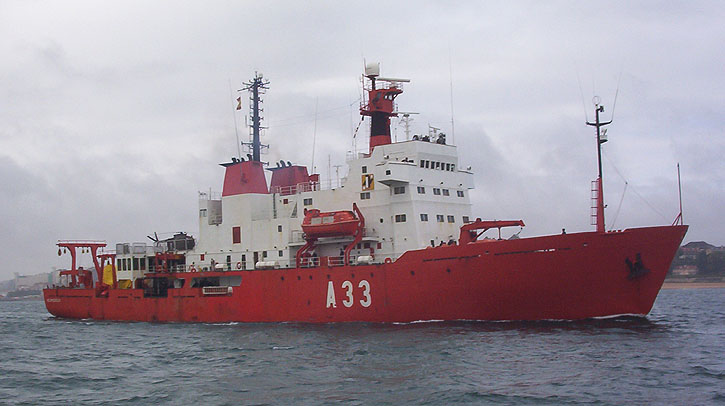About the project
In this project, we propose to study the dynamics of three regions in the Atlantic Ocean, all of them key factors controlling the intensity of the Meridional Overturning Circulation (MOC), what we name Tipping Corners of the MOC (TIC-MOC). These are: (TC1) the Mediterranean Outflow Water (MOW) west of the Strait of Gibraltar, to a large degree responsible for the salinification of the upper thermocline in the North Atlantic Ocean; (TC2) the North Brazil Current (NBC) system, which is the single path for water and heat return from the South to the North Atlantic, the returning limb of the MOC; and (TC3) the Atlantic Southern Ocean, where deep waters are formed and upwelled at very distinct rates, to a large extent depending on the intensity in the water-column stratification. At first sight the three regions could appear as disconnected but this is not so, not only because of their principal relevance to the MOC but also because they all experience switches between two different states, potentially capable of producing substantial changes in the intensity of the MOC and its transported properties. The dynamics of these switches, what we call corners, between two different states likely bears important similarities in all three regions; therefore, we will have a joint approach to the study of each individual region, sharing conceptual, numerical, and experimental tools and ideas.

Our first objective is to investigate the controlling mechanisms and range of variability of the MOW characteristics as it plunges into the eastern Gulf of Cadiz, in particular why and how the MOW may switch from subcritical to supercritical conditions.
Secondly, we will study the dynamics controlling the NBC, a very peculiar low-latitude western boundary current, with a bimodal behavior, alternating between straight alongshore flow and separation-retroflection.
Finally, we will pursue to improve our understanding of the key mechanisms responsible of changes in Southern Ocean stratification and how it is related to the rate of deep water formation, upwelling and vertical mixing, and consequently, the CO2 physical and biological pumps.
